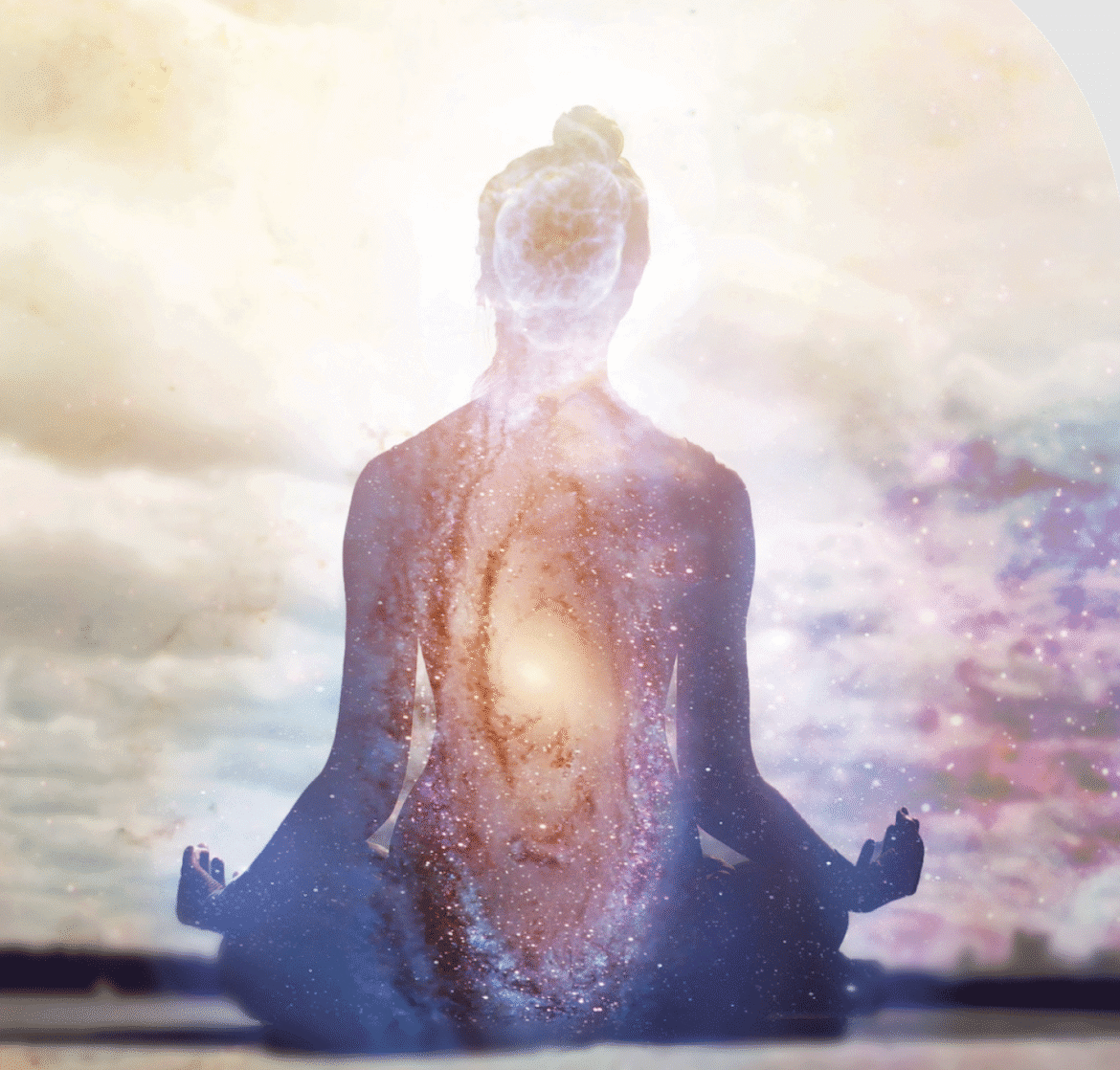The Final Question
We chase health, wealth, love, and recognition yet something inside us remains restless.
Vedanta says this restlessness comes from the deepest longing of the soul: the longing for liberation (Moksha).
Moksha is not an escape, nor a reward. It is the recognition of what has always been true: you were never bound.
What is Moksha?
Moksha means liberation – release from the cycle of birth and death (samsara), freedom from ignorance (avidya), and realization of the Self (Atman).
It is not going to another world, but waking up in this one.
Not becoming something new, but realizing what you already are – infinite, blissful, complete.
Why Do We Need Liberation?
Vedanta explains that suffering arises because we identify with what is not permanent:
- The body changes, so we fear aging and death.
- The mind shifts, so we fear instability.
- The world is uncertain, so we fear loss.
But the Self (Atman) is untouched by change. Liberation is freedom from this mistaken identity.
The Cycle of Samsara
Without liberation, we remain bound to samsara – the endless cycle of birth, death, and rebirth, driven by karma.
Each life brings joy and sorrow, success and failure. But none of it satisfies completely – because the soul is seeking the infinite. Moksha is the end of this cycle. It is not death, but awakening beyond death.
The Nature of Liberation
Vedanta describes Moksha as:
- Sat (Existence): Timeless being, beyond birth and death.
- Chit (Consciousness): Pure awareness, the witness of all.
- Ananda (Bliss): Peace not dependent on conditions.
Liberation is not “going somewhere.” It is the recognition: I am That.
How to Attain Moksha
Moksha is not attained by rituals or outer achievements. It comes through knowledge (jnana) – the direct realization of the Self.
Vedanta prescribes four key paths:
- Jnana Yoga (Path of Knowledge): Self-inquiry, asking Who am I? until illusion drops.
- Bhakti Yoga (Path of Devotion): Surrendering ego to the Divine, melting into oneness.
- Karma Yoga (Path of Selfless Action): Acting without attachment to results, purifying the mind.
- Dhyana Yoga (Path of Meditation): Silencing the mind, resting in pure awareness.
Each path leads to the same destination: freedom.
Everyday Glimpses of Moksha
- The stillness you feel in deep meditation.
- The peace that comes when you let go of attachment.
- The joy of compassion, when ego dissolves.
These are small windows into the vast freedom of liberation.
Myth vs. Truth About Moksha
- Myth: Moksha is only for monks or renunciates.
- Truth: Moksha is the birthright of every soul. Whether in family, work, or solitude, realization is possible.
- Myth: Moksha means leaving the world.
- Truth: Moksha means being free within the world – living fully, yet untouched.
Conclusion: The Freedom You Already Are
Moksha is not about changing what you are – it is about remembering. The chains of samsara exist only because of ignorance. The moment you see clearly, you realize: You were always free.
This is liberation:
Not in the future. Not after death. But now, in the recognition of your eternal Self.
Reflection for Readers:
Close your eyes and ask: Who is it that suffers? Who is it that is bound? Follow the question inward. When all answers fade, what remains is freedom. That is Moksha.


Leave a Reply